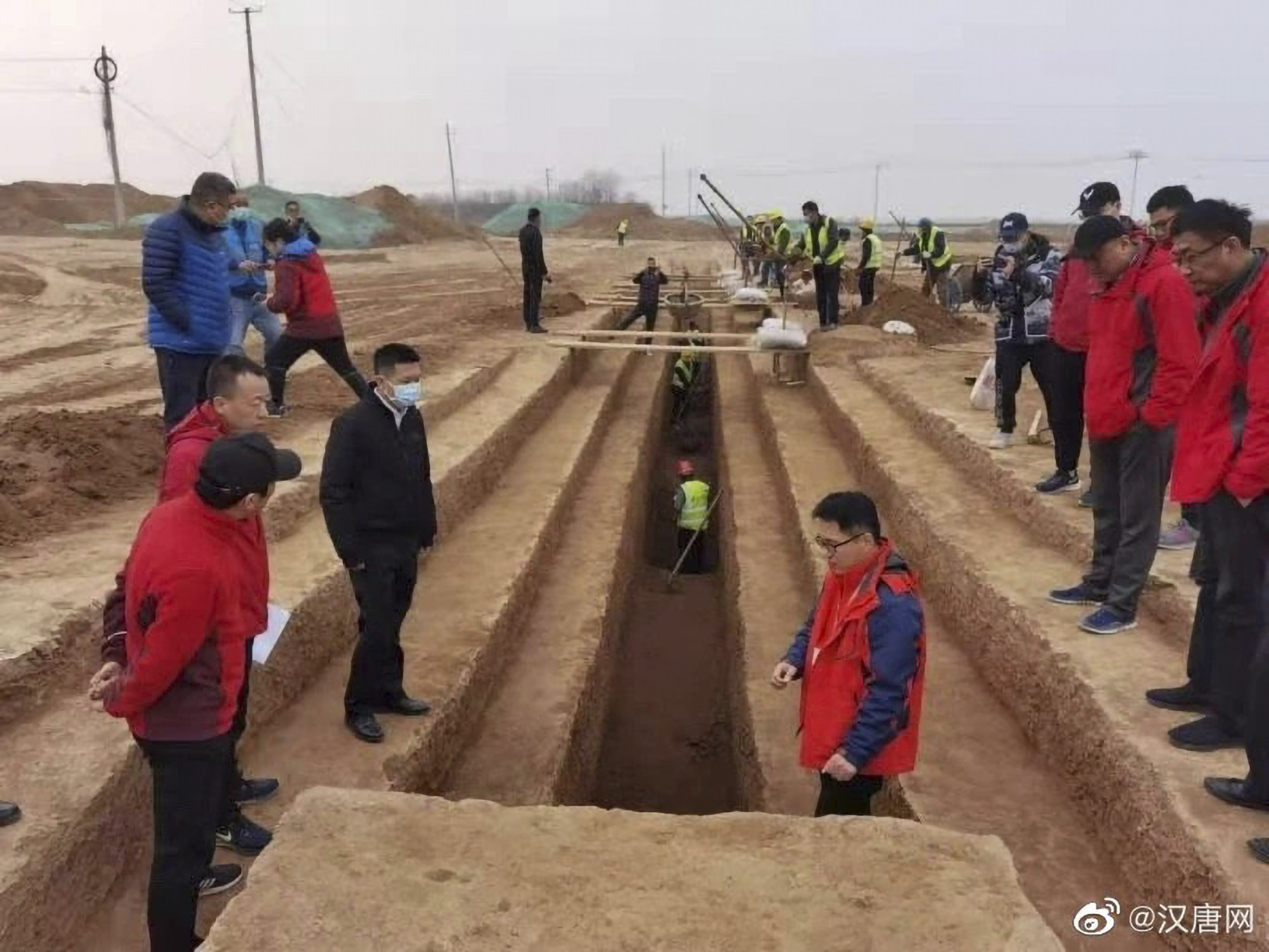Evidence unearthed at school playground suggests Chinese dined on acorns 2,000 years ago

Unbeknownst to the children at a primary school in eastern China, but they played on top of an archaeological treasure chest dating back 2,000 years to the Han dynasty (206BC-220).
Archaeologists recently unearthed a plethora of ancient artefacts during the renovation process of a school playground. The pieces offer potential insights into ancient diets and drinking water storage strategies, according to an Institute of Archaeology, Chinese Academy of Social Sciences announcement on October 10.
While most of the artefacts unearthed were from the Han dynasty, a smaller number of the discovered items stretched across a 700-year period, with the newest pieces dating to the Southern dynasty (420-589).
The site contained 65 ash pits, eight water wells, two column bases and a wall foundation, all evidence that will help researchers understand how people in the area built their drinking water supply from the Yuyao River Basin.
The ash pits also contained evidence of stored food, such as peach pits and weaved bamboo.
“In particular, a large number of acorns were unearthed, covering the entire bottom of the pit and being nearly half a meter thick,” said the release.
Xu Chao, a researcher involved in the excavations, told the Global Times that the presence of acorns in the storage pits was evidence that “acorns were still one of the sources of food for people in the Han dynasty.”
While acorns are no longer a part of the modern diet, they were essential staples for humans thousands of years ago. They were a significant source of food for Paleolithic hunter-gatherers in Morocco, according to Scientific American science magazine.
According to the New York Times, acorns should be edible to modern humans, but the tannins would likely cause digestion problems, so they cannot be eaten raw.
Beyond the Han dynasty relics, a copper coin storage pit from the Six Dynasties period (220–589) was particularly notable. In the pit, the archaeologists found a group of coins stacked together in a fashion that suggests they were tied together by string. The scientists also believe the coins would have been stored in a lacquered wooden container.
Finally, a gorgeous chandelier from the Southern dynasty was discovered at the playground.






